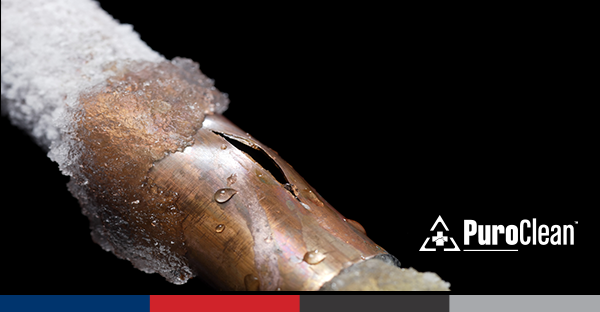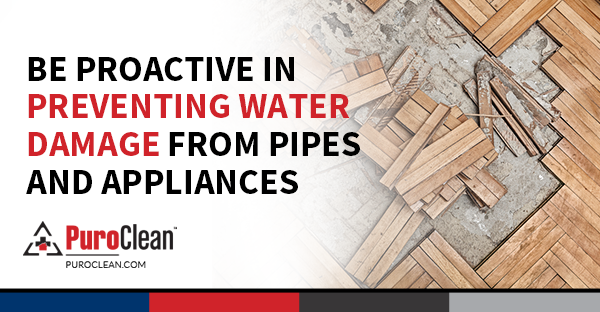
As winter settles in, the dropping temperatures can pose a threat to your home’s plumbing system. One of the common issues during this season is burst pipes, which can lead to significant damage and costly repairs. To safeguard your home, follow these essential tips to prevent burst pipes during the winter months.
1. Insulate Exposed Pipes:
Insulating pipes is a fundamental step in mitigating the risk of freezing. Utilize pipe insulation or heat tape, focusing on exposed pipes, especially those in unheated areas like the attic, basement, or crawl spaces. This simple measure creates a barrier that helps retain heat and prevents the formation of ice within the pipes.
2. Seal Leaks and Cracks:
Conduct a meticulous inspection of your home for any gaps or cracks that allow cold air to infiltrate. Seal these openings with caulk or insulation materials, fortifying your home against the intrusion of frigid air. This not only protects pipes directly but also contributes to the overall insulation of your living space.
3. Maintain a Consistent Temperature:
Consistency is key when it comes to temperature maintenance. Set your thermostat to a minimum temperature, ensuring it remains above the freezing point. This strategy is particularly important when you’re away, as even a short period of intense cold can lead to frozen pipes and potential ruptures.
4. Allow Faucets to Drip:
In the face of extreme cold, let faucets connected to susceptible pipes drip slightly. This slow trickle of water relieves pressure within the pipes, reducing the likelihood of freezing. Though it might increase water usage marginally, the benefits in preventing burst pipes far outweigh the minimal cost.
5. Disconnect and Drain Outdoor Hoses:
Outdoor hoses can be a conduit for trouble when temperatures plummet. Before winter’s arrival, disconnect and drain outdoor hoses. If left attached, water within the hose can freeze, extending into the connected pipe and causing it to burst. Simple preventative actions like this can save you from considerable inconvenience and expense.
6. Insulate Exterior Walls:
Enhance your home’s defense against the cold by insulating exterior walls. This additional layer of insulation helps maintain a warmer environment for pipes situated within the walls, adding an extra buffer against freezing temperatures.
7. Open Cabinet Doors:
In areas where plumbing resides within cabinets, like under sinks, open cabinet doors to allow warmer air to circulate. This small adjustment promotes better airflow around the pipes, reducing the risk of freezing. It’s a cost-effective and straightforward strategy to bolster your winterization efforts.
8. Service Your Heating System:
Regular maintenance of your heating system is crucial. A well-functioning heating system not only keeps your home warm but also contributes to preventing frozen pipes. Schedule routine checks to ensure all components are in working order, and address any issues promptly.
9. Install a Smart Thermostat:
Embrace technology to enhance your home’s winterization. Installing a smart thermostat provides remote monitoring and adjustment capabilities. This enables you to make real-time changes to your home’s temperature, ensuring it remains within a safe range, especially during temperature fluctuations.
10. Be Prepared for Extended Absences:
If your plans involve an extended absence during the winter, take extra precautions. Shut off the main water supply to your home and drain the pipes to eliminate the risk of frozen and burst pipes in your absence. This proactive step safeguards your property even when you’re not there to monitor it.
In conclusion, preventing burst pipes demands a comprehensive approach that addresses vulnerabilities from various angles. By incorporating these strategies into your winterization plan, you can significantly reduce the risk of frozen pipes and the potential havoc they can wreak on your home. Winterizing your plumbing not only protects your property but also provides invaluable peace of mind during the challenging winter months.



 PuroClean of Huntington Park LA
PuroClean of Huntington Park LA